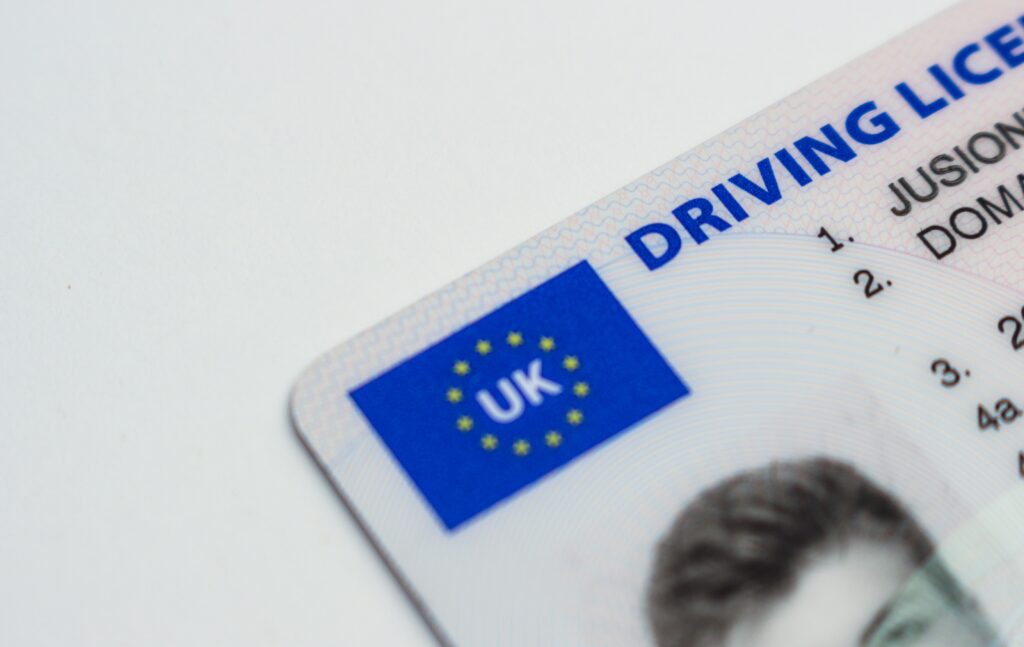Personally Identifiable Information, or PII, is any information that can identify a person. This includes name, address, National Insurance number, and other unique identifiers. While PII is often considered to be sensitive information, it’s important to remember that it can also be used to protect people from fraud or identity theft. Knowing how to properly protect your PII is essential for keeping yourself and your loved ones safe online.

What is PII and why should you care about it?
PII, short for Personally Identifiable Information, is any data that can be used to identify an individual. In the digital age, this could include a person’s name, address, National Insurance number, credit card details, or passport information. As long as it’s enough to uniquely identify someone, it counts as PII. It’s important to recognise that just about anything you put online — whether sending an email or making a purchase — has the potential to contain your PII and could be viewed by anyone with access to your computer or network. Naturally, this puts your information at serious risk of privacy breaches and identity theft if not properly secured. Any reputable website should have layers of protections in place to safeguard your information and encrypt the transmission of it so that nobody but you can view the details. Furthermore, always make sure not to input sensitive information into sites without HTTPS protocols in place; these help protect against eavesdroppers who use open networks like public Wi-Fi hotspots. Protecting your PII should be a top priority and done responsibly in order to prevent security issues down the line. With a vigilant mindset and appropriate precautionary measures taken, you can ensure that your personal data remains safe and secure online.
What are some examples of PII that could be compromised if leaked or stolen?
When it comes to data security, personally identifiable information (PII) is particularly important. Examples of this kind of information include names, birth dates, Social Security numbers, credit card numbers and other financial information. PII can be used for identity theft and exploitation, so it’s crucial that organizations take steps to protect it from unauthorized access. Anytime PII is handled electronically, there is a risk that it could be leaked or stolen through malicious activities such as phishing attempts or malware attacks. As a result, these organizations must have robust measures in place to ensure that their PII databases are secure and protected against any misuses. Additionally, they must also ensure they comply with applicable laws around the storage and transfer of this sensitive data. Protecting PII properly is the only way to prevent sensitive information from falling into wrong hands and individuals from becoming victims of identity fraud and other cybercrimes. If PII falls into the wrong hands, the breach can lead to serious financial repercussions for organizations as well as potential legal liability for those responsible for protecting this information. Therefore, everyone should understand the importance of taking proper steps to safeguard PII data and how easily cybercriminals can access this information if it isn’t safeguarded properly. By being aware of the risks associated with handling PIIdata ,we can all help to prevent these compromised data from becoming public knowledge. This will help keep us all safer online by ensuring our personal identities remain secure when we navigate the digital world. In today’s interconnected world, keeping our private information safe should be a top priority for everyone in both their professional and personal lives. Doing so helps ensure that personal information remains private so that it cannot be used without authorization or without consequences by anyone else seeking to harm others online or offline..
How can you protect yourself from having your PII compromised online or in other ways?
Protecting yourself from having your personal information compromised is a crucial step in avoiding identity theft and unlawful usage of data. In order to make sure you are adequately protected, there are a variety of simple steps to take. First, it is important to avoid sharing too much personal information online by being mindful when entering information as well as adjusting your privacy settings accordingly. Additionally, it’s important to select secure passwords and regularly update them as necessary. This can help limit the chances of someone being able to guess your credentials or access the data themselves. Furthermore, you should consider using privacy-focused services such as private browsers, encrypted messaging apps, and virtual private networks (VPNs). Additionally, you may also want to limit providing your personal identifier number (PIN) and other credentials when completing web transactions or signing up for certain programs that require extra security measures. Of course, keeping physical documents secure by storing them away in a locked safe or filing cabinet also helps protect your PII (Personally Identifiable Information). By taking these preventative measures you can safeguard yourself against having your personal data compromised while still being able to enjoy the benefits of digital life in its entirety. With just a few basic steps taken ahead of time, you’ll be better prepared if an attack happens because you have already decreased the chances of compromise significantly.
What should you do if your PII is compromised in any way?
As a modern citizen, it’s nearly impossible to exist online without putting some sort of personal information into the ether. From birthday data to Social Security numbers, our lives are increasingly exposed in digital formats. Unfortunately, this makes us vulnerable to potential hacks and breaches of personally identifiable information (PII). If your PII is compromised in any way, there are a few steps you should take in order to protect yourself. First and foremost, contact your financial institutions and credit card companies – if possible, arrange for new accounts with new passwords and pins. You should also inform the appropriate law enforcement departments as well as the FTC’s Identity Theft Hotline. If you discover that someone else has opened an account under your name or committed fraud using personal documents, report it immediately. Afterward, you may want to file an identity theft affidavit with your state or local government in order to protect yourself from further liability. Finally, sign up for a credit monitoring service that will alert you whenever changes have been made to your credit profile and assess any other steps needed towards safeguarding your PII going forward. Taking action quickly is vital: safeguarding yourself now can help you avoid unnecessary problems down the line.
How can you gauge if a website is safe enough to give your personal information?
When it comes to handing out our personal information over the internet, there’s always an element of caution and risk. Fortunately, there are a few tips that can help you determine whether a website is safe to provide your details on. Firstly, check the URL of the website – if it starts with “HTTPS”, then that means it has some kind of encryption in place to protect any data exchanged between you and the site. Next, pay attention to the time stamps at the bottom of each page – if these are frequently updated or show recent dates, this suggests that the site is regularly maintained by its owners, reducing chances of malicious activity going unnoticed. Finally, look for signs of security certification such as VeriSign or Norton seals — these are generally displayed along with contact information for the company who runs the site. If all else fails, do some research about who is behind the website before providing any details. By taking these few small steps before entering personal data online, we can significantly reduce our chances of being affected by identity theft and online fraud. At heart, staying safe online involves trusting your instincts — so if something feels off about a website, just keep searching until you find one you feel comfortable sharing your information with!
How to create a secure password
When creating strong passwords for your online accounts, there are a few key factors to keep in mind. First and foremost, passwords should be long. A minimum of eight characters is recommended, but it’s best to choose passcodes that have at least ten characters or more. Additionally, passwords should be complex and include combinations of uppercase and lowercase letters, numbers, and special symbols such as # % ! $ & *. It’s also important to find ways to make each password unique. Rather than simply substituting numbers for letters or changing one character, create random strings of characters that are difficult to guess. Finally, it’s critical not to use the same password for all of your accounts; having multiple passcodes can help add another layer of security. By following these tips and taking some time to customize your passwords, you can ensure that all of your online accounts are well protected from potential threats.
Conclusion
The best way to protect your PII is by using strong passwords and encryption technologies. You should also be careful about who you share your information with. -Conclusion paragraph: Protecting your personally identifiable information is more important than ever in today’s digital age. By understanding how companies use this data and taking steps to safeguard your own information, you can help keep yourself safe online. Have you ever been concerned about how Facebook uses your personal data? Do you have any tips for protecting your identity online? Let us know in the comments below!









